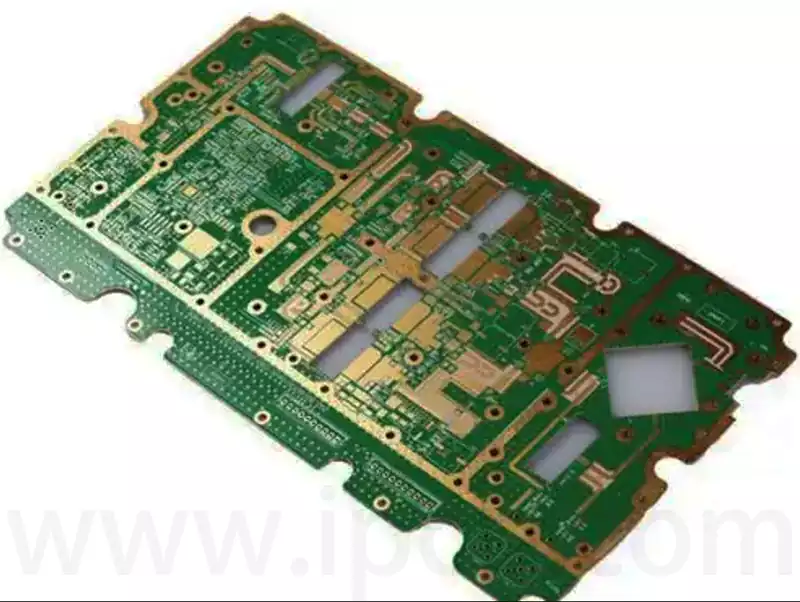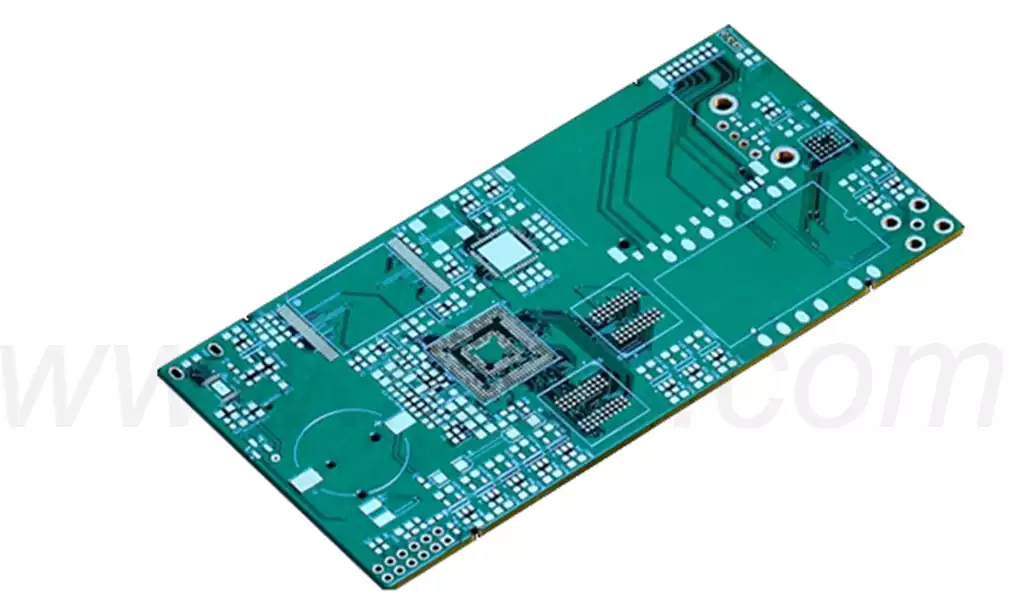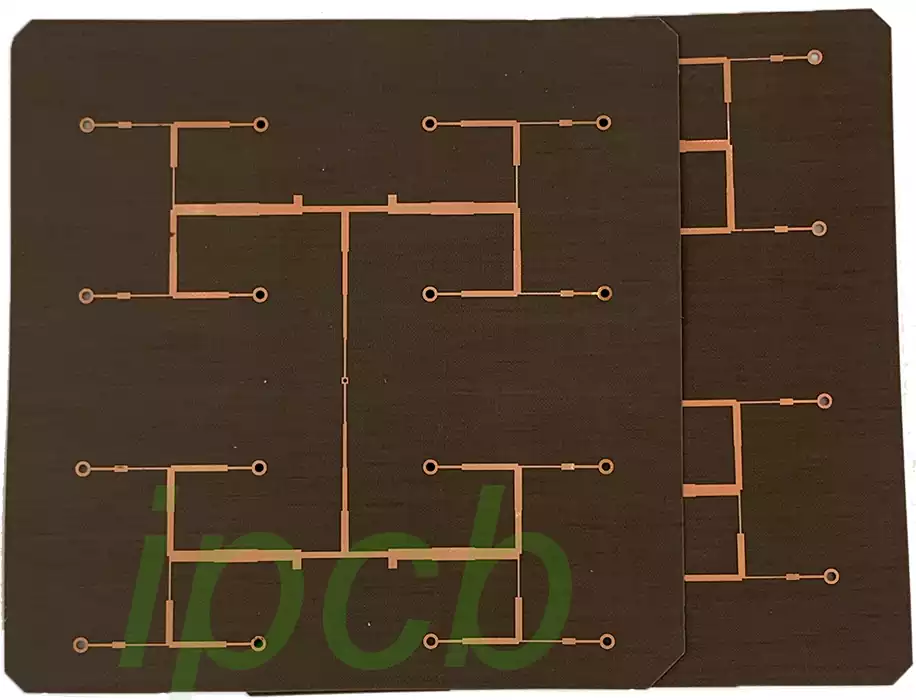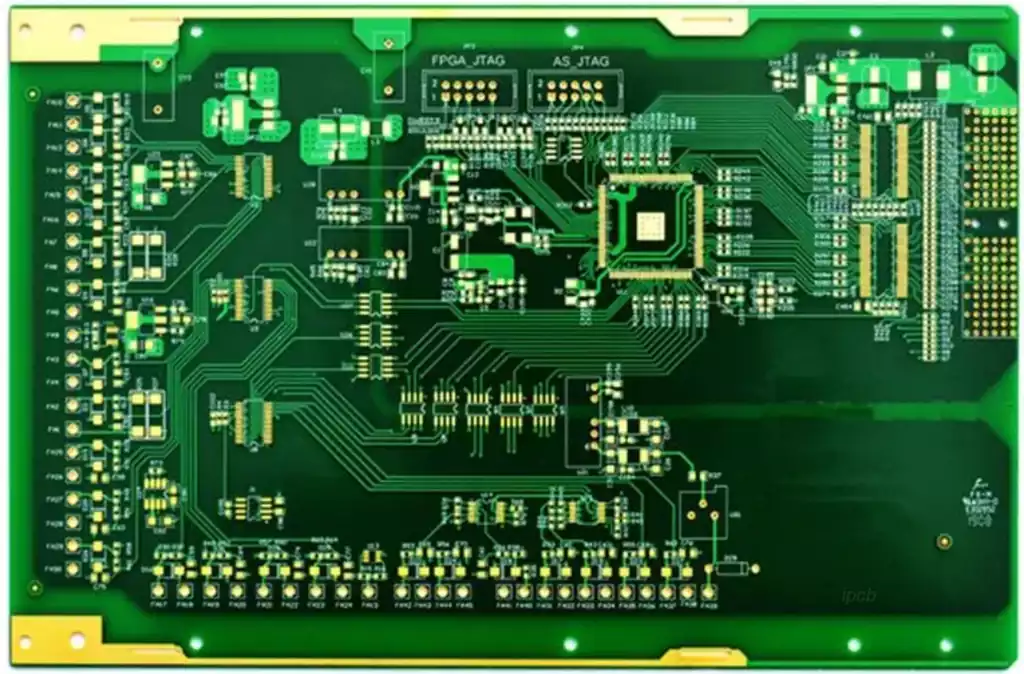Flexible LED strip lights, also known as flexible ribbon lights, utilise FPC as the substrate circuit board and are assembled with surface-mount LEDs, resulting in a product thickness of merely 0.1cm that occupies minimal space. Common specifications include 30 LEDs per metre, 60 LEDs per metre, 120 LEDs per metre, 144 LEDs per metre, and so forth. Different users have varying requirements, and the strips can be cut to length at will. They can also be extended arbitrarily without affecting illumination. The FPC material is flexible, allowing the strips to be bent, folded, or coiled freely. They can be moved and extended within three-dimensional space without breaking. Suitable for irregular areas and confined spaces, their ability to bend and coil freely also makes them ideal for creating diverse patterns in advertising and decorative applications.
Principle of illumination for flexible LED strip lights:
Conventional LED strip lights employ surface-mounted light-emitting diodes, whose illumination principle involves driving low-current LEDs through a power supply or control circuit to produce light.
Once the required current for illumination or deactivation is set on the flexible LED strip lights, the output voltage is regulated via a control chip.
Should any operational irregularities occur (such as overheating), the control chip will issue a warning signal.
As flexible LED strip lights operate on current-driven principles, they can automatically adjust brightness during use or be manually calibrated to user specifications.
Should the current flow through the strip become excessively high or low, the chip will emit an audible alert and dim the display output.
Advantages of Flexible LED Strip Lights
- Flexibility: Utilising highly pliable FPC as the substrate, flexible LED strip lights can be bent freely without fracture and are easily moulded to suit diverse advertising design requirements.
- Low Heat Generation: The light-emitting components are LEDs, with individual power ratings typically ranging from 0.04 to 0.08W. This low power consumption results in minimal heat output. They can be used as decorative lighting for aquariums without generating excessive heat that could raise water temperatures and adversely affect ornamental fish.
- Pure colour rendering: Utilising high-brightness surface-mount LEDs as light sources, these strips inherit the advantages of LED technology. They serve not only decorative purposes but also provide effective illumination.
- Ultra-energy efficient: The 1210 LED flexible strip consumes merely 4.8W per metre, while the 5050 variant uses 7.2W per metre. Compared to traditional decorative lighting, this represents several times lower power consumption yet delivers excellent results.
- Environmentally friendly: Whether employing LED or FPC technology, the materials used in flexible LED strips are eco-conscious and recyclable. Their widespread adoption poses no risk of environmental pollution or damage.
- Easy Installation: flexible LED strip lights are exceptionally straightforward to install, accommodating various mounting surfaces such as clamps, cable trays, metal wires, or mesh. Moreover, their lightweight and slim profile allows secure fixation using double-sided adhesive tape.
- Long Lifespan: The standard operational lifespan of flexible LED strip lights ranges from 80,000 to 100,000 hours. Operating 24 hours daily, this equates to nearly a decade of service. Thus, their lifespan is several times longer than that of conventional lighting fixtures.
- Safety: Powered by low-voltage 12V DC, LED flexible strips are exceptionally safe to use. They pose no safety hazards and can be used with confidence by both children and the elderly.
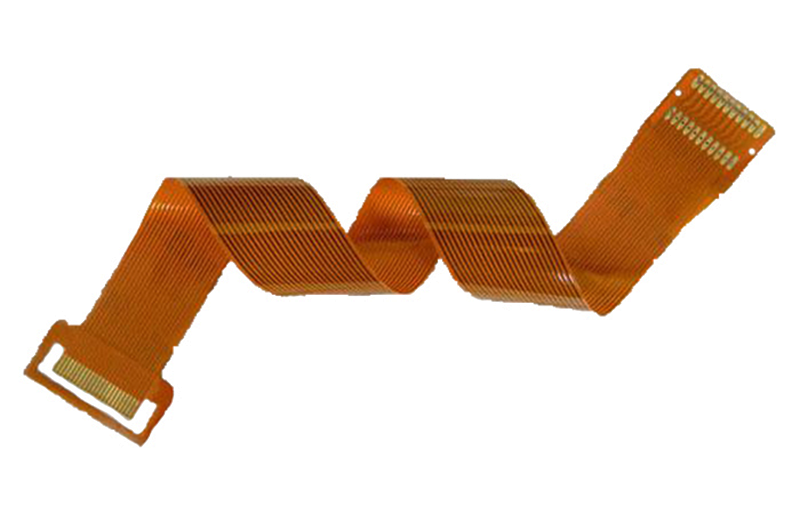
Technical Advantages of Flexible LED Strip Lights:
The most prominent feature of flexible LED strip lights is their high degree of flexibility and malleability.
Free Bending and Coiling: Flexible LED strip lights can be freely bent, wrapped, and folded to suit spatial layouts, even conforming to complex curved surfaces – a feat challenging for rigid traditional fixtures. This property grants exceptional design flexibility for creative lighting applications.
Customisable Cutting and Extension: Flexible strips typically feature multiple predetermined cutting points, allowing damage-free trimming to desired lengths and seamless extension. This greatly facilitates installation, construction, and bespoke requirements. This enables users to precisely adjust strip length according to project specifications.
Ultra-thin design: Flexible LED strips typically employ FPC (flexible printed circuit) as the assembly substrate, paired with surface-mounted LEDs. This results in a product thickness comparable to a coin, occupying minimal space. Ultra-narrow COB LED strips are designed for space-constrained applications, being slimmer than standard strips.
Superior Optical Performance
Uniform Seamless Illumination: COB LED flexible strips deliver smooth, continuous light due to their high-density LED chip arrangement. This eliminates the spotty or pixelated effect common in traditional LED strips, providing a cleaner, more consistent lighting appearance.
High Brightness and Light Density: The light source employs ultra-high-brightness LEDs arranged in densely packed series-parallel configurations, ensuring comprehensive illumination and high luminosity. COB LED strips boast high light density with numerous LED chips per unit length, enabling brighter output.
Wide Beam Angle: COB LED strips offer an expansive 180-degree beam angle, ensuring broad and uniform light distribution that minimises shadows and enhances visual comfort.
High Colour Rendering: COB LEDs exhibit enhanced colour rendering, accurately reproducing hues – particularly crucial in applications demanding colour fidelity.
Flexible LED strip lights have revolutionised lighting design concepts through their exceptional flexibility, energy efficiency, superior optics, and high safety standards. This innovative technology not only delivers customisable and eco-friendly lighting solutions but also achieves a perfect fusion between visual artistry and practical functionality, heralding a smarter, more aesthetically pleasing, and sustainable future for illumination. Flexible LED strips have revolutionised lighting design concepts through their exceptional flexibility, high energy efficiency, superior optics, and enhanced safety. This innovative technology not only delivers customisable and eco-friendly lighting solutions but also achieves a perfect balance between visual artistry and practical functionality, heralding a future of smarter, more aesthetically pleasing, and sustainable illumination.
